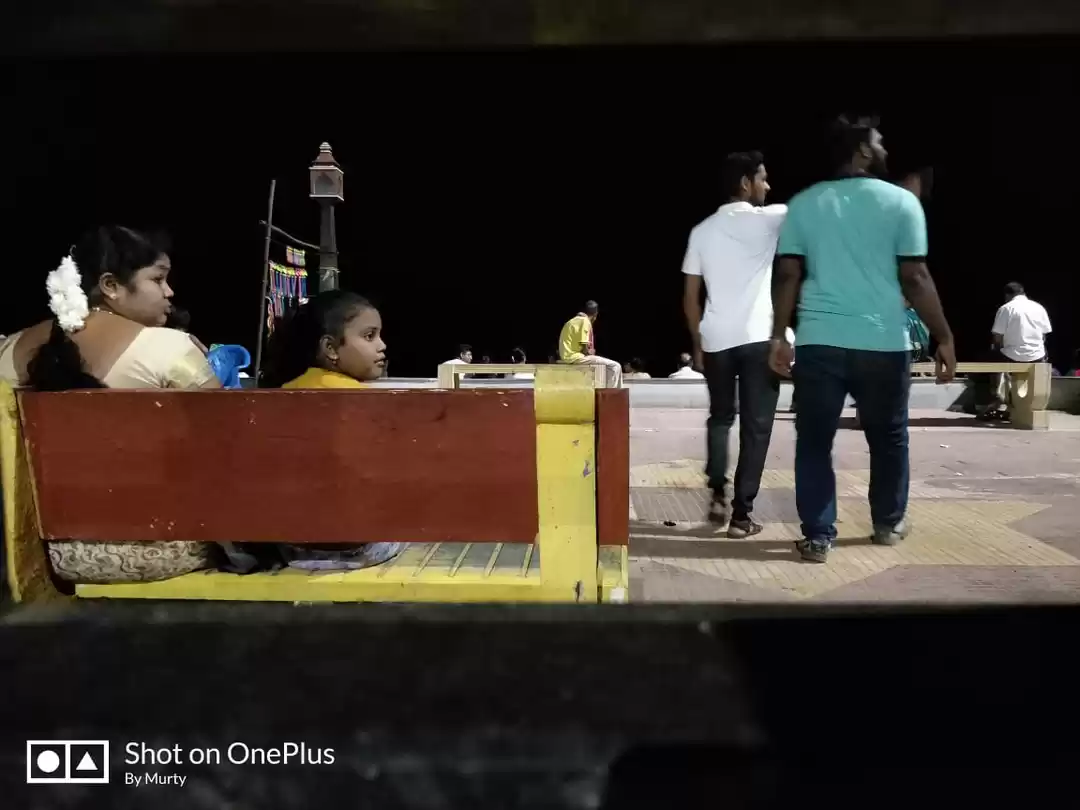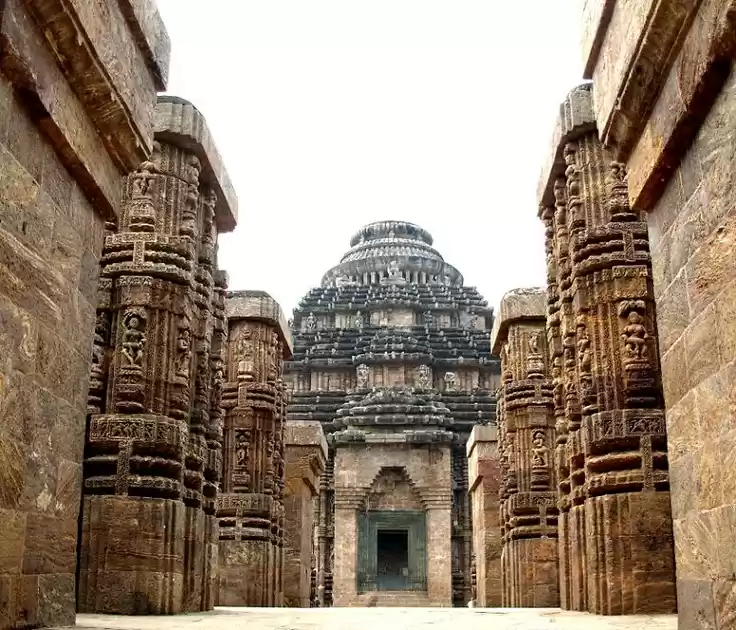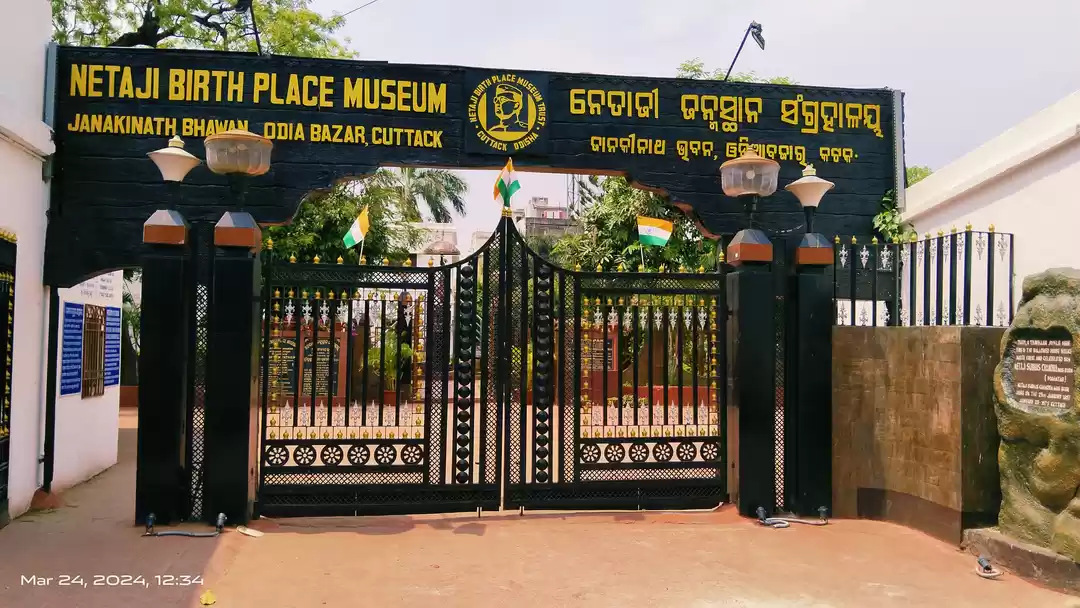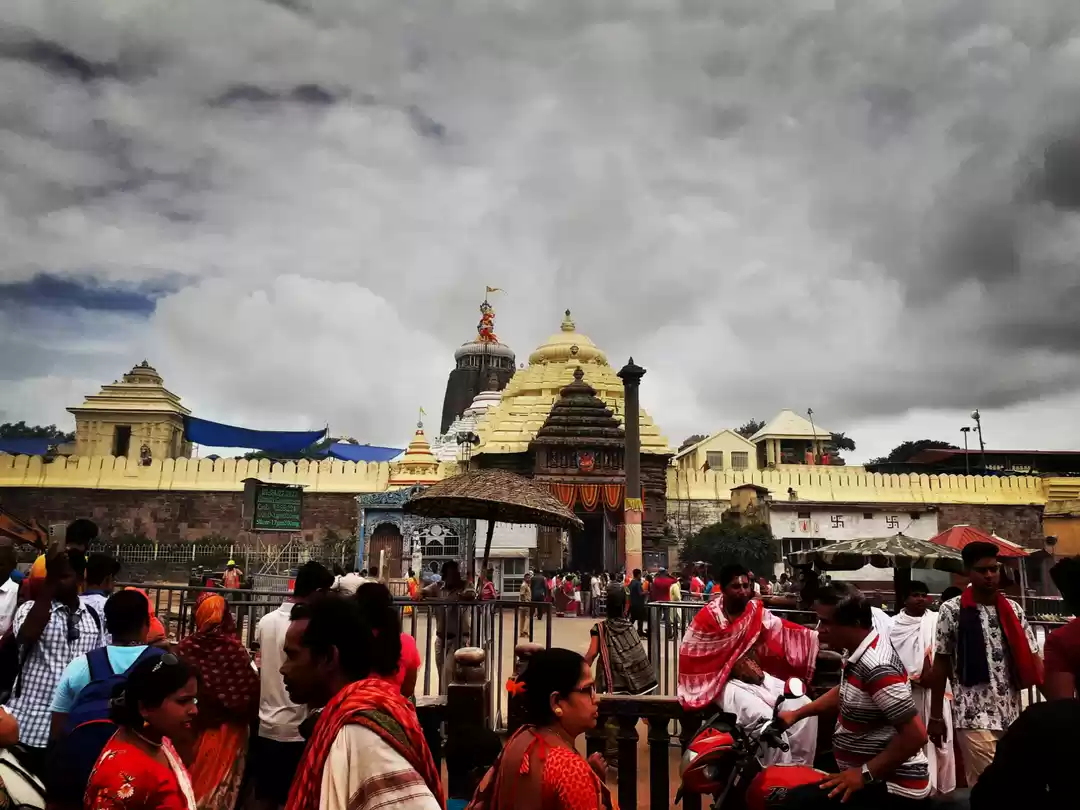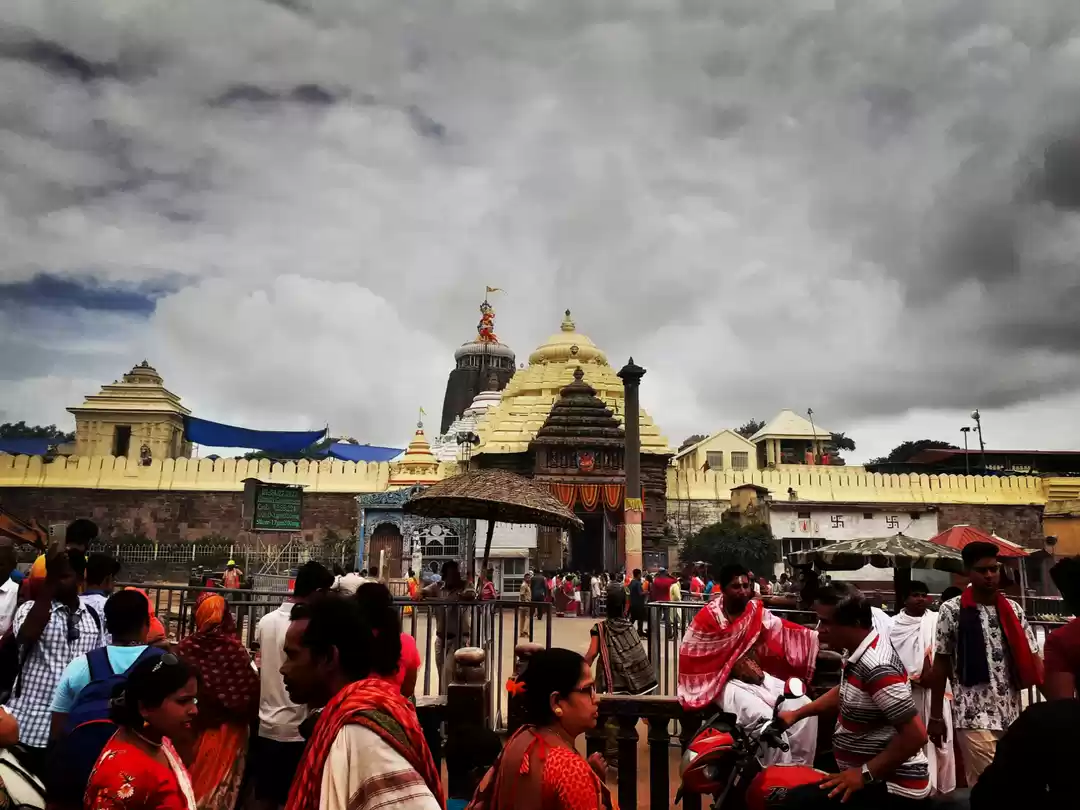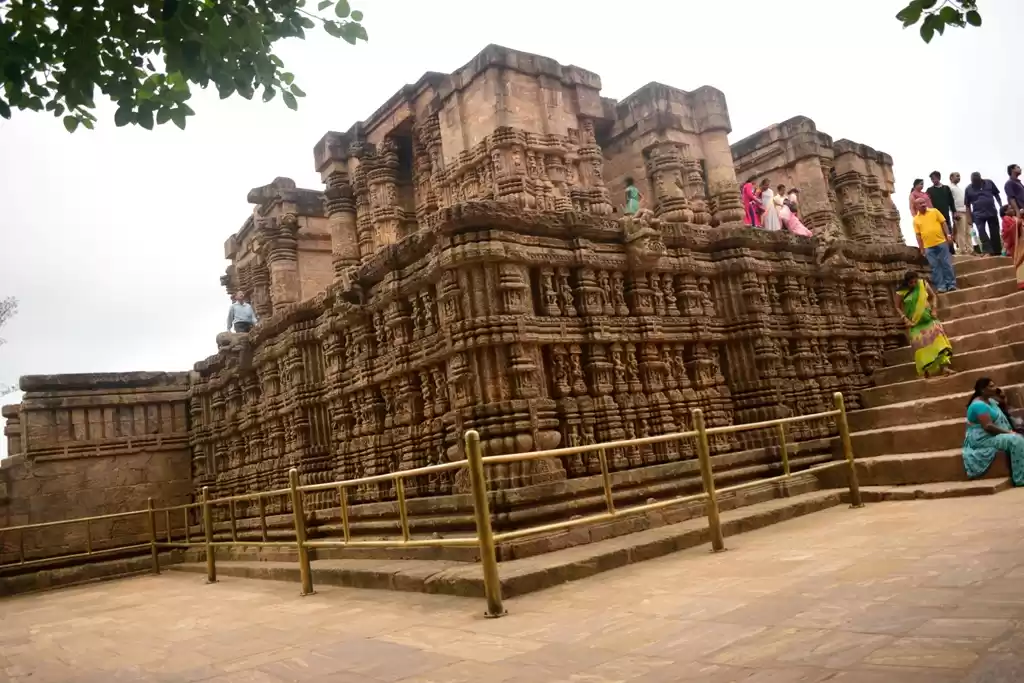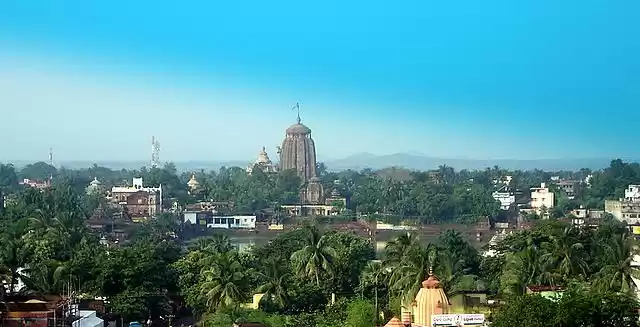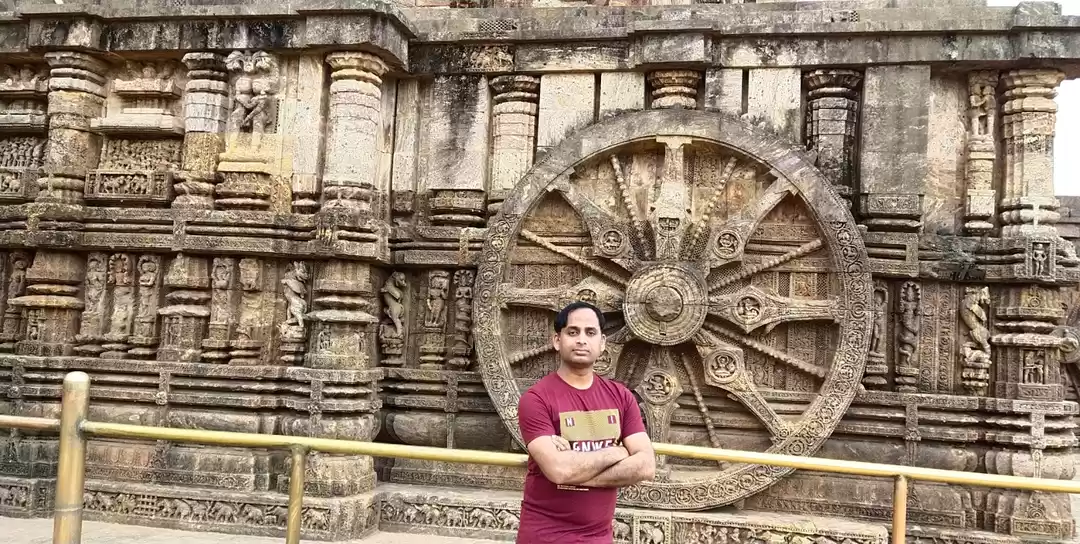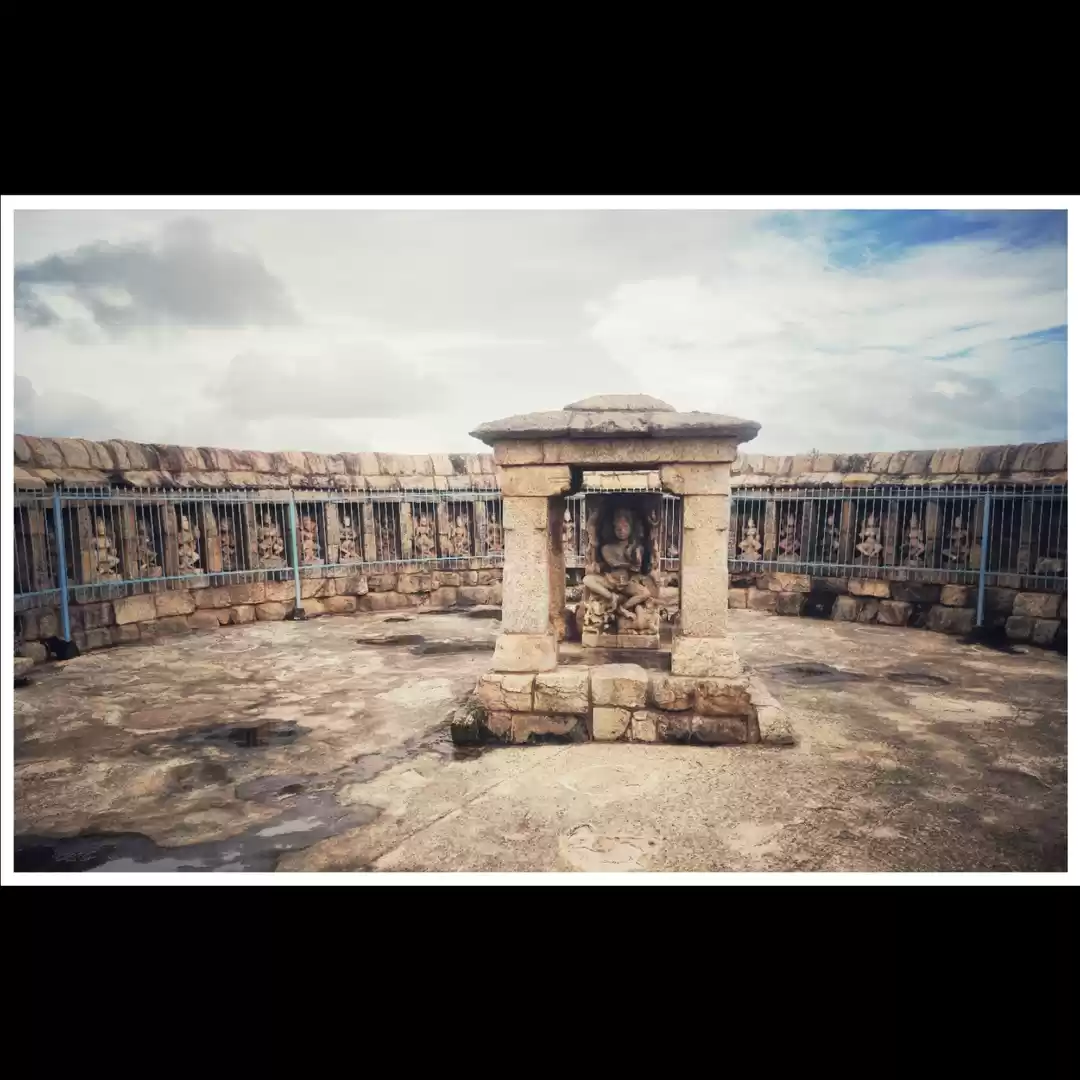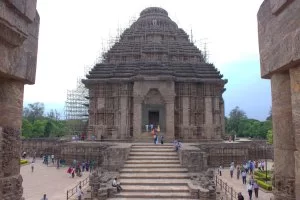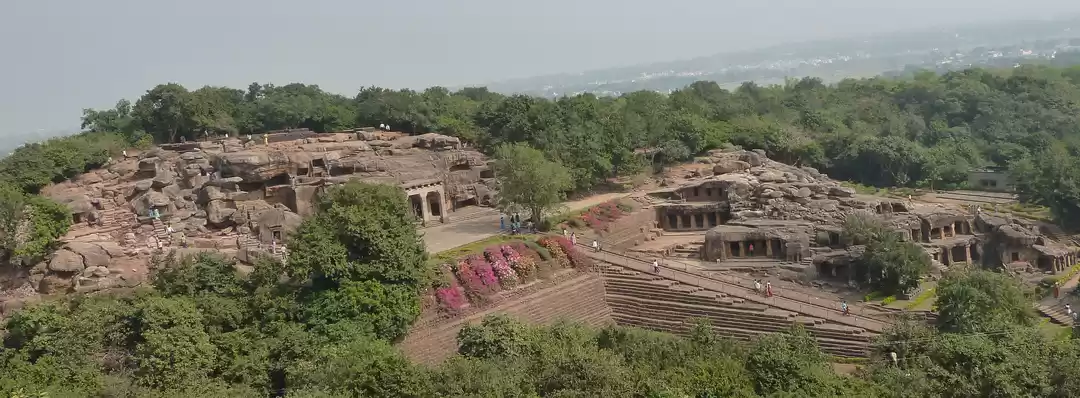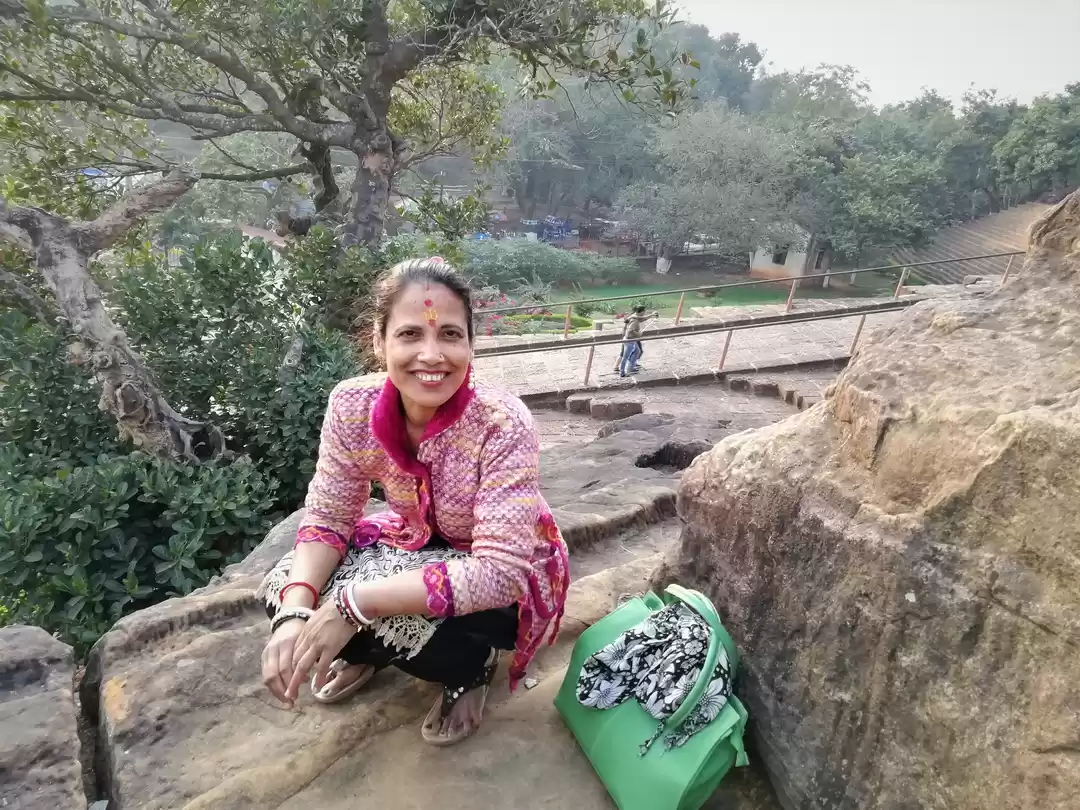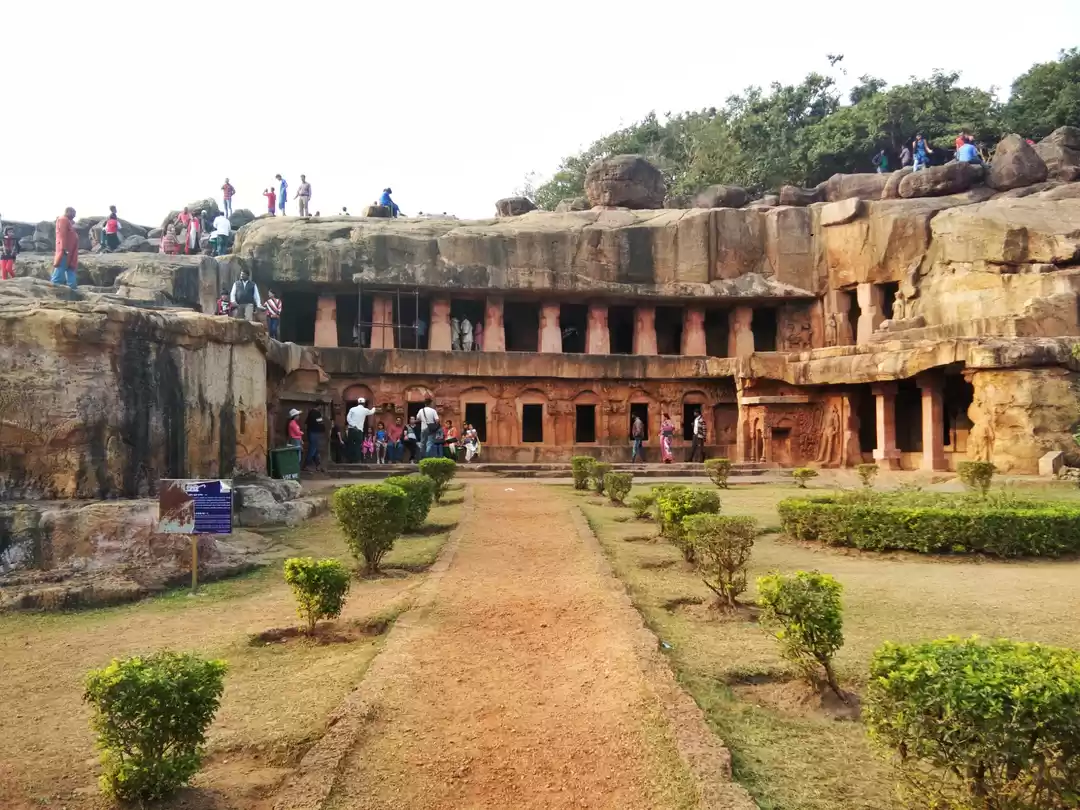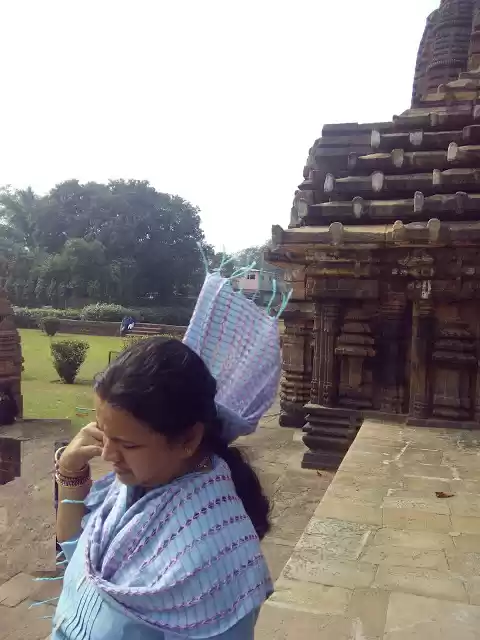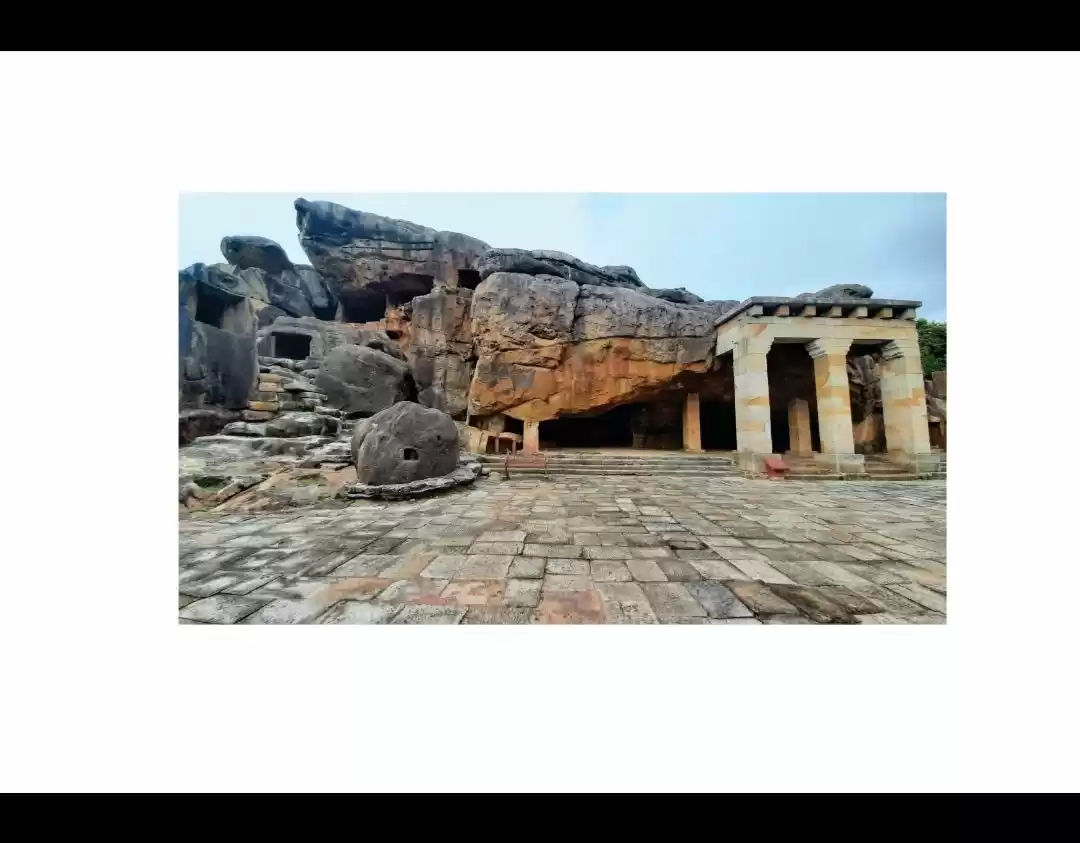Our plan for the day was to visit Udaygiri-Khandagiri Caves .After breakfast at our hostel, we went there in a auto rickshaw with some of our friends. It hardly took 15-20 min to reach there.
Both these caves hills are located opposite to each other bisected by NH-5 though the entry to both these cave hills is through a town road off NH-5. Both these caves are maintained by ASI and there is a entry fee of Rs.5/- per head for Indians and citizens of SAARC countries and Rs.100/- per head for foreigners. Entry for children below 15 years is free.
As soon as we entered Udaygiri cave complex, we were greeted by a group of langoors. Surprisingly, they were docile and did not bothered the visitors. There are 18 caves in the complex located on a hill but for those who are short of time, caves like Ranigumpha, Hathigumpha, Ganeshgumpha are worth spending some time. While Hathigumpha and Ganeshgumpha do not have many carvings, they are important for rock inscriptions. Ranigumpha is the only group of caves which are double story structure and the largest among other cluster of caves with intricate carvings on the top of the doors of the caves as well as on the walls. In my view, Ranigumpha is the most impressive cave among the caves of Udaygiri-Khandagiri cave complexes. Many of the wall carvings have been damaged probably over a period of time as they are made on sand stones which are delicate stones. The caves are very simple as these were probably used as dormitories for Jain bhikshus (monks).
On the top of Udaygiri hills is the remains of a apsidal ( semi-circular part of the base of a structure) belonging to C.1st B.C. which was excavated in 1958. Hence, it is assumed that Udaygiri caves may have been constructed during 1st B.C. Hence, this place may have been a prayer hall for Jain monks. From Udaygiri hilltop, Digambar Jain temple on the Khandagiri hills is visible but not the caves underneath it.
Khandagiri caves are located on a hill just opposite Udaygiri cave hill across the road. Unlike Udaygiri caves which can be reached on the stone stairs, Khandagiri caves and the Jain temple atop can be reached by ascending on a rocky/stony path after an initial short distance on a stony stairs. Here also, we encountered a big group of langoors at the entrance but they did not trouble us.
Khandagiri caves are simple and its carvings depict stories of day to day life. On Khandagiri hill top is an active Digambar Jain temple which was reconstructed sometime in 19th century. From the hilltop, one can see the south-east part of Bhubaneshwar city and the airport.
After the completion of our visits to Udaygiri-Khadagiri ,we went back to our hostel & had our lunch there in our hostel canteen.
The visit was just amazing and beautiful.
Day 1


